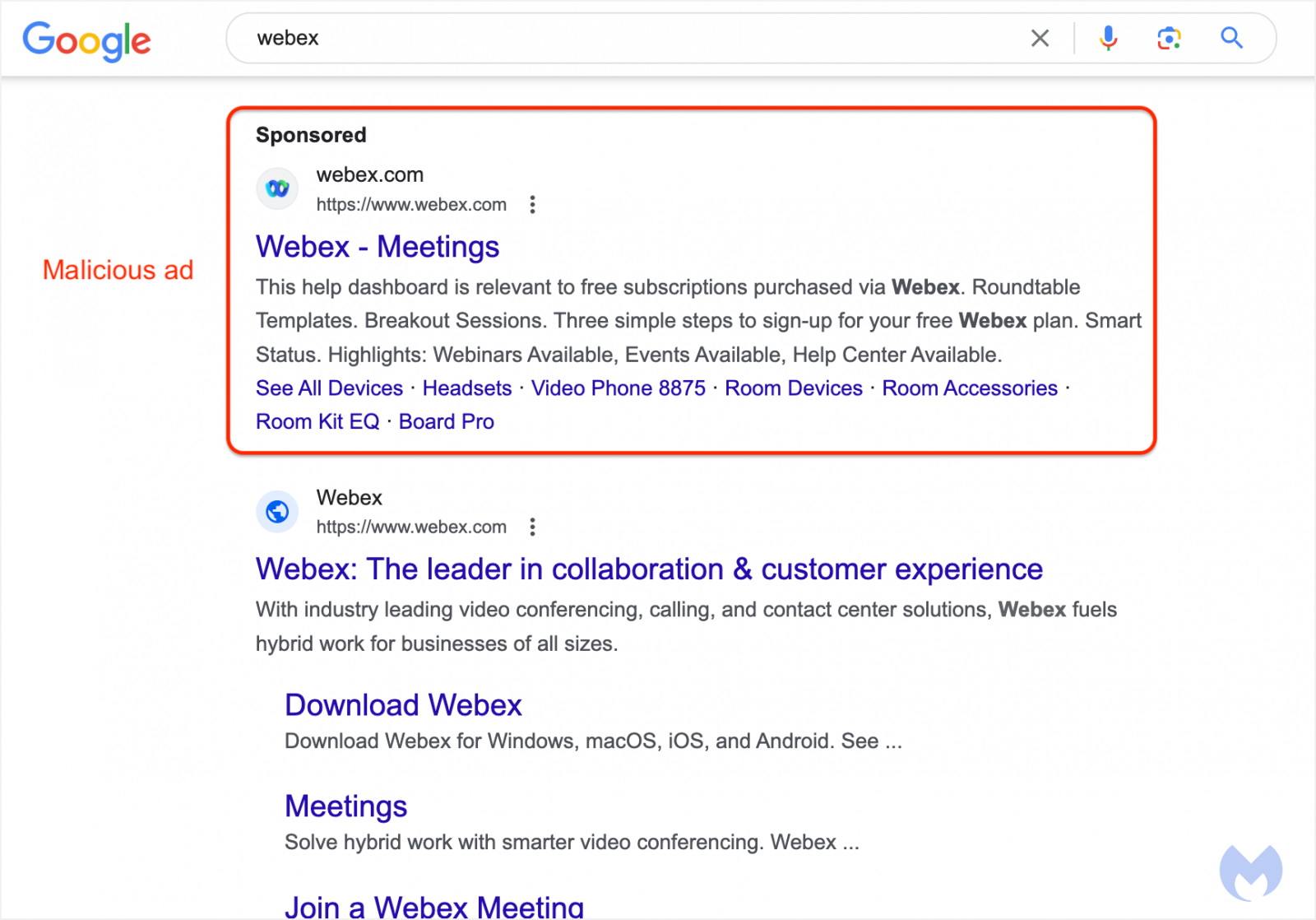Technology
This is the official technology community of Lemmy.ml for all news related to creation and use of technology, and to facilitate civil, meaningful discussion around it.
Ask in DM before posting product reviews or ads. All such posts otherwise are subject to removal.
Rules:
1: All Lemmy rules apply
2: Do not post low effort posts
3: NEVER post naziped*gore stuff
4: Always post article URLs or their archived version URLs as sources, NOT screenshots. Help the blind users.
5: personal rants of Big Tech CEOs like Elon Musk are unwelcome (does not include posts about their companies affecting wide range of people)
6: no advertisement posts unless verified as legitimate and non-exploitative/non-consumerist
7: crypto related posts, unless essential, are disallowed
view the rest of the comments

Presumably you can hover over the link to see the actual URL (which I think is best practice anyway), or is it more sophisticated than that?
I always check the status bar but I actually noticed the other day on LinkedIn or maybe Facebook, that the status bar said one thing, but the link was different,
E.g the hover over said https://website.com but the actual link was something like https://linkedin.com/linkout/wbdjdhgaj?user=xhedb
That type of thing is concerning. What browser are you using out of interest?
Sorry for the slow reply, but it was a link on LinkedIn and I'm using chrome. It's frustrating as I use the status bar to check the link is the same as the text before clicking it.
Just double checked and this also happens in Firefox. I think the other user in this thread has explained it well, looks like a JavaScript intercept onClick to prevent the link action and instead call a JavaScript function to open a different link.
In this case it is built into the site so I guess it is OK on the basis that I am trusting LinkedIn to not do anything malicious but it was more the principle as I had previously looked at the status bar to confirm the link was what I was expecting but in the future I will be more wary. Interestingly, right clicking and selecting "copy link" does actually copy the page which is loaded as opposed to the one on the status bar.
If you have linkedin it seems to be links in direct messages if you would like to see yourself.